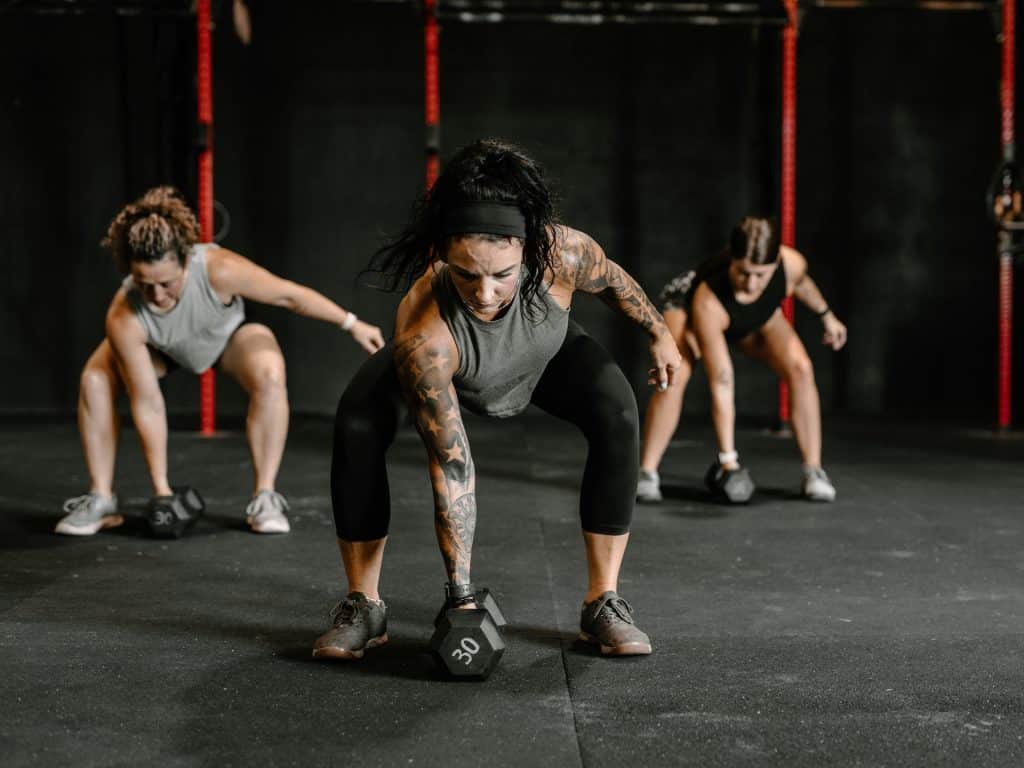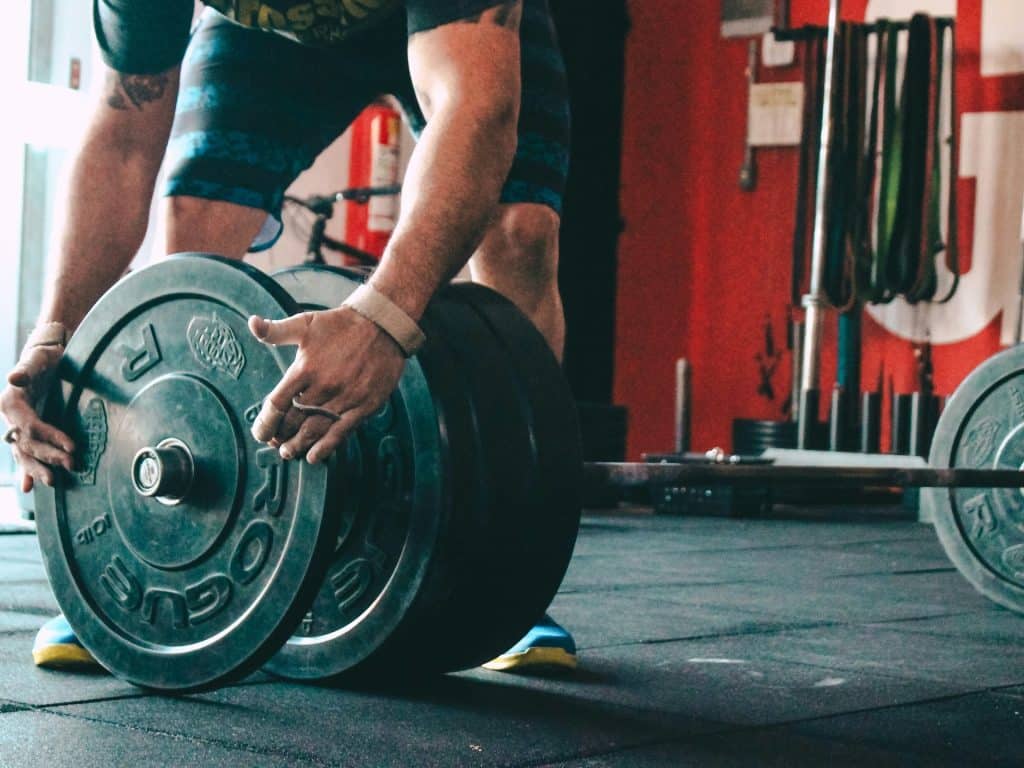
The paleo diet copies the eating habits of Paleolithic man. Its proponents consider it healthy because it eliminates processed foods, but like any restrictive diet, it has a downside that should be kept in mind.
What is the paleo or paleolithic diet?
Let’s imagine for a moment that we live in the Stone Age. What would we have for dinner on a night like today, but two million years ago? If our prehistoric self has been lucky with the hunt this morning, perhaps some meat will arrive in the cave, with herbs, seeds and a few berries. That’s, in essence, the paleo diet. With a few differences, because our ancestors ate what they could afford and now we go to the supermarket.
This trend, explains nutritionist and food technologist Vanessa Blázquez, somehow exalts the simplicity of the caveman lifestyle. “It is not so much about diet, but about a lifestyle, which includes the type of diet that humans had during the Paleolithic.”
Foods allowed and prohibited in the paleo diet
According to this logic, foods that humans can hunt or gather and consume are allowed. In this sense, as Blázquez, a member of the Spanish Academy of Nutrition and Dietetics, explains, “this diet does not include the regular consumption of cereals, since Paleolithic men were not farmers.” Recent archaeological discoveriesHowever, they question the idea that pre-agricultural societies followed an essentially carnivorous dietary pattern and did not eat a single bite of cereals or legumes.
Returning to the paleo doctrine, also dairy products are excluded. “It makes sense because they were not cattle ranchers.”
The basis of the paleo diet is the fruits and vegetablesas well as berries and herbs, seeds and nuts. “As sources of protein, game meat, fish and eggs are allowed.”
Besides, All of this must be as organic as possible. possible in order to take care of one’s health. “In this lifestyle, ultra-processed products are also rejected,” Blázquez clarifies.
Health benefits of the paleo diet
So, did our ancestors eat better than us? “As with all lifestyles and diets, it will depend on whether we do it right or not. And doing the right thing means ensuring that we get the necessary nutrients in an adequate proportion,” says Blázquez. Proponents of the paleo diet base their arguments on the fact that, thanks to this pattern, Ultra-processed foods are eliminated (sausages, biscuits, refined flours, etc.) Following this line of reasoning, we would be looking at a diet that takes care of the health of those who consume it.
But there is a catch to this reasoning. “When a person accustomed to eating a lot of ultra-processed foods tries these restrictions, their cardiovascular health will necessarily improve. However, it is not so much about the benefits of this particular diet, but about the abandoning bad habits of the western diet”. Even so, by allowing the consumption of fruit and vegetables, the intake of vitamins and minerals can be assured if it is well designed.

Risks of the paleo diet
The downside is the risks associated with the very existence of foods prohibited in the paleo diet. Not because of the foods themselves, but because, as in any exclusion diet, nutrients are eliminated. In this case, the carbohydrates complexes whole grains and legumes. At the same time, consumption of animal protein and fat foods is increasing.
“The paleo diet does not involve a specific macronutrient distribution. Without the help of a professional, it can lead to a highest cast in saturated fat and animal protein that does not include fish. If this contribution comes from red meat and saturated fats, the risk of developing cardiovascular and other pathologies increases. But it is also possible to do so by consuming oily fish and healthy fats. Although this is not usually the case,» says Vanessa Blázquez.
On the other hand, as the specialist insists, “by not having sources of complex carbohydrates, the care of the microbiota is restricted to the contribution of prebiotic sources of fiber from fruit and vegetables. But again it will be limited by the lack of fiber provided by whole grains and legumes.”
Despite all these risks, a well-designed paleo diet does not have to be a problem. As with other restrictive diets (ketogenic, low carb, vegan, gluten-free, etc.), malnutrition and problems can occur if we do not consult a nutrition professional. “It is also important to know that the benefits promised by the paleo diet can be found in the Mediterranean diet and without the disadvantages of not providing whole grains or legumes,” insists the expert.
How to get started on the paleo diet
The first step before changing any eating pattern is to eliminate what we do wrong. In this case, it would be worth starting by eliminating ultra-processed foods linked to bakery foods (cookies, bread, snacks and breakfast cereals).
Later we will eliminate the pasta and rice. But it must be accompanied by a increase conspicuous display of fruits and vegetables, and not so much animal protein.
Paleo diet and intermittent fasting
The paleo diet is very filling. That’s why many people follow it during their intermittent fasting (only eating during a certain period of time each day). It is a strategy to lose weight and, with it, fat. But it has the risk that, by trying to fast for many hours and eat very little calories, we end up ingesting a large amount (binge) of animal protein and fat.
Paleo diet for weight loss, yes or no?
The expert assures that “to lose weight, lose fat and maintain an adequate fat percentage, it is not necessary to restrict any food, but to have good eating habits and healthy habits.” Exclusion diets, such as the Paleolithic diet, tend to be maintained for a certain period of time. limited time and do not promote long-term healthy habits.

The curious relationship between the Paleolithic diet and bodybuilding
Many bodybuilders opt for this type of diet. The reason – says Vanessa Blázquez – is that “bodybuilding is a sport in which there is no great expenditure of glycogen, as might occur in aerobic sports athletes. Bodybuilders need energy that can come from fats. They also need protein to gain muscle mass and achieve the desired muscle hypertrophy. For this reason and because it is a relatively simple diet to follow, people opt for the paleo diet or the evolutionary diet.”
Weekly menu for a paleo diet
Depending on the lifestyle each person leads, it will require more or less planning.
The ideal for Blázquez would be “that we could buy fresh food every day, cook it immediately and enjoy it immediately.” But the daily life of today’s society does not always allow this, so it is essential to plan to ensure a balanced diet.
Below we propose a possible weekly paleo diet menu. With a paleo breakfast, a paleo lunch and a paleo dinner. It is worth noting that, unlike the carnivorous idea that is usually held of this diet, many dishes of blue fish (salmon, mackerel, sardines), rich in omega 3 fatty acids, are included.
| PALEO DIET EXAMPLE |
| Monday: Breakfast: Eggs with mushrooms and cherry tomatoes. Fruit.Lunch: Vegetable salad + Pork tenderloin + fruit.Dinner: Sautéed green beans + Grilled salmon + fruit. |
| Tuesday: Breakfast: Nuts with crushed fruit Lunch: Complete salad with vegetables, avocado, olives, smoked salmon, tuna and boiled egg. Fruit Dinner: Salad + Shrimp and green garlic omelette. Fruit |
| Wednesday: Breakfast: Spinach omelette. FruitLunch: Vegetable stew without peas or potatoes + chicken breast + fruitDinner: Mackerel or mackerel with vegetable salad + fruit |
| Thursday: Breakfast: Fruit salad, nuts and seedsLunch: Vegetable puree + Pork tenderloin with mushrooms. FruitDinner: Vegetable salad + sardines in oil + fruit |
| Friday: Breakfast: Melon with hamLunch: Baked rabbit with vegetables. FruitDinner: Bean salad with pickled tuna and egg. Fruit |
The ALDI Council
AESAN reminds that raw or undercooked meat, whether in hamburgers or steak tartare, increases the risk of food poisoning by the Escherichia coli bacteria. To avoid risks, cook the meat well (at least at 70ºC for at least 2 minutes) or take extreme care when handling it in the kitchen.
Vanessa Blazquez. Member of the Spanish Academy of Nutrition and Dietetics. Clinical nutritionist and food technologist, specialised in digestive pathology and oncological nutrition. She has worked for years in R&D at the IIS Biodonostia as a nutritionist in relation to the prevention and prediction of stroke risk. She currently runs her own clinic “Nutrición Donostia”. Previously, she had worked for 12 years in a public-private clinic. She has 3 scientific publications. She is a volunteer at AECC in Volunteers for Science. IG: @nutriciondonostia. Facebook: Nutrición Donostia and Vanessa Nutrición Donostia.







